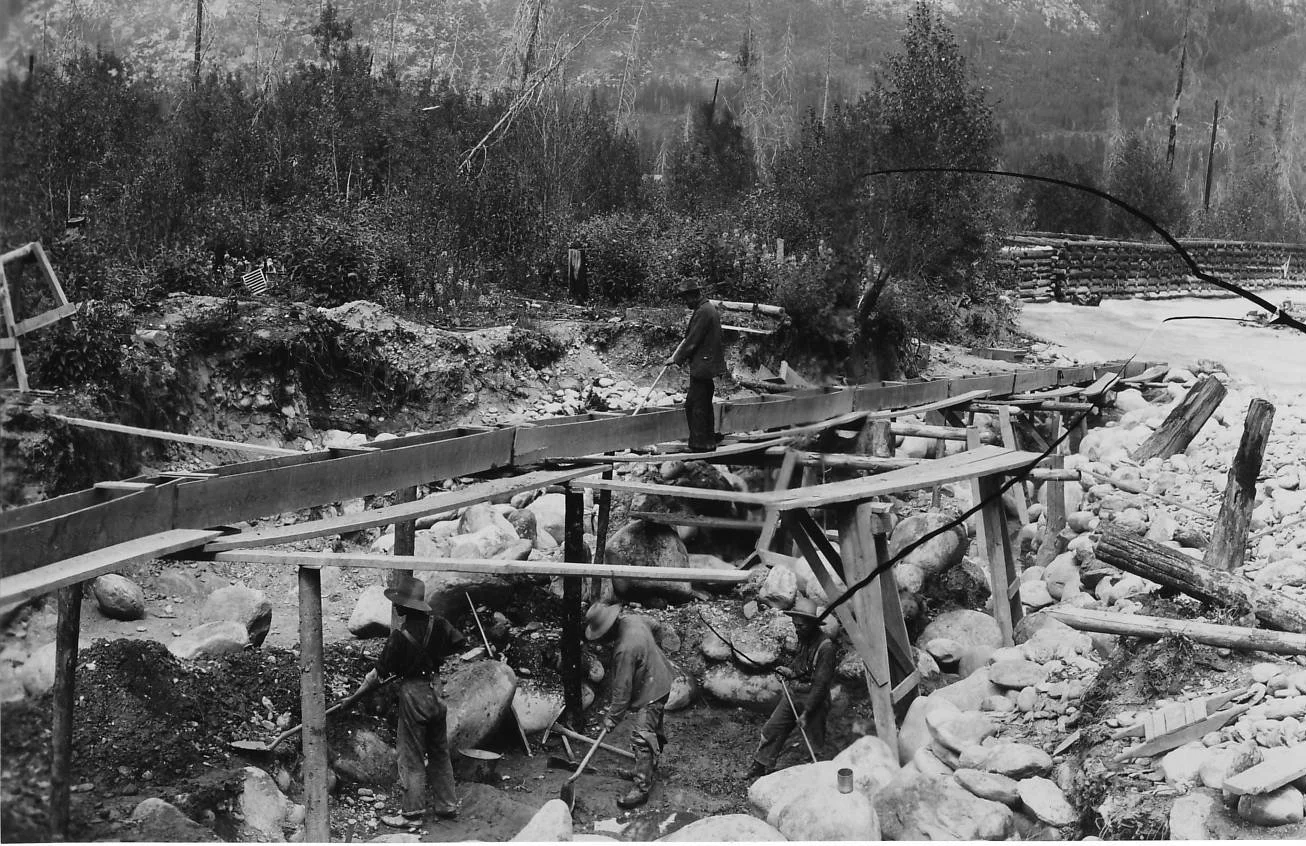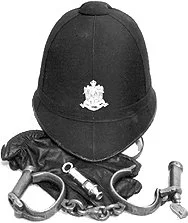Yes, I’ve been writing the Chronicles for a long time now, first in the Cowichan Valley Citizen for 23 years and, since, here online.
But Nathan Dougan was way, way ahead of me. For years, from the 1950’s on, he wrote regularly of Cowichan’s colourful history in the Cowichan Leader. After his death, son Bob published many of these articles in a book, Cowichan My Valley, which has become a highly desirable—and expensive—collector’s item.
Nathan Dougan was the son of James and Annie Dougan, of the pioneering Cobble Hill clan for whom that little lake beside the highway, just before the Trans Canada and Cowichan Bay Road junction, is named.
Which would is a worthy legacy in itself. But Nathan Dougan did so much more—he literally saved much of the history of what was then Shawnigan region. And he did it from memory, having grown up with the pioneers who made it all happen—something that a latecomer such as I can never hope to do.
I’ll tell you more about this remarkable man in next week’s Chronicles.
* * * * *
PHOTO: Nathan Dougan is the man on middle left. —Family photo





















